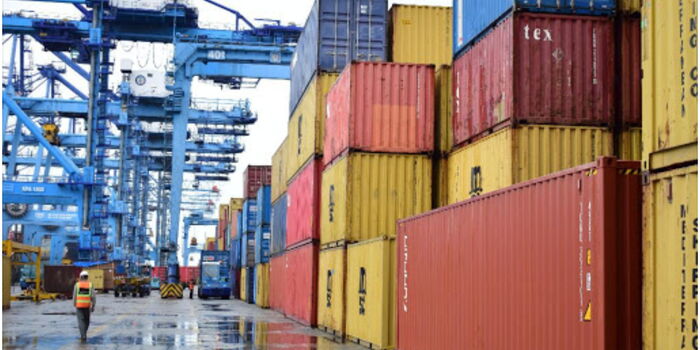Kenya’s freight and warehousing industry is preparing for a major shake-up after the Kenya International Freight and Warehousing Association (KIFWA) launched a bold new five-year strategic plan.
This ambitious plan is part of the country’s broader Vision 2030 development goals and is expected to bring sweeping changes to customs clearing, freight forwarding, and warehousing operations.
The new strategy focuses on modernizing the sector by fully digitizing key services and introducing environmentally friendly practices. These changes are intended to make freight and logistics more efficient, transparent, and sustainable across the country.
As of 2024, Kenya’s logistics and warehousing sector was valued at about Ksh1.47 trillion, accounting for nearly 9% of the national GDP. It supports the movement of over 35 million tonnes of cargo each year.
However, many clearing agents have expressed concern that they aren’t benefiting as much from the increased cargo volumes being reported by the Kenya Ports Authority.
During the launch of the plan, ICT Cabinet Secretary William Kabogo praised the initiative, noting that it closely aligns with the government’s ongoing push to digitize all public services.
“KIFWA’s plan to implement a centralized clearing and forwarding system fits perfectly with our national digital transformation goals.
It will help us build a smarter, faster, and more inclusive economy,” said Kabogo, while speaking to members of the National Assembly Committee on Communication, Information, and Innovation.
Industry players and stakeholders have welcomed the plan, pointing out that it could dramatically reduce the cost of doing business, especially in the East African region.
“The cost of logistics here is still very high—up to 40% of total production costs—while in Asian countries, logistics make up just 8%,” explained Ogayo Ogambi, CEO of the Shippers Council of East Africa. “This plan could help lower those costs and make our region more competitive.”
A key feature of the strategy is the introduction of a centralized digital platform for clearing and forwarding. This system is expected to boost transparency, speed up operations, improve compliance, and enhance government revenue collection.
By eliminating the need for excessive paperwork and reducing bureaucracy, the process of moving goods through ports and customs will become faster and more efficient.
KIFWA chairperson Fredrick Aloo emphasized the need for better systems to reflect actual cargo growth and revenue. “We see the figures from Kenya Ports Authority, but we as clearing agents are not seeing that growth translate into our businesses.
This plan is designed to tackle those gaps, fix compliance challenges, and boost revenue,” he said.
The plan also encourages warehouse operators to adopt green logistics solutions, such as using environmentally friendly building materials, installing energy-saving systems, and tracking carbon emissions.
This shift toward sustainability supports the country’s climate change goals and contributes to a cleaner logistics industry.
By embracing digitization and green practices, the new strategy is expected to strengthen Kenya’s role in regional trade, attract foreign investment in the supply chain, and help build a digitally empowered economy.
With better systems and lower costs, Kenya’s logistics sector is gearing up to become more efficient, competitive, and future-ready.
Join Gen Z New WhatsApp Channel To Stay Updated On time https://whatsapp.com/channel/0029VaWT5gSGufImU8R0DO30


